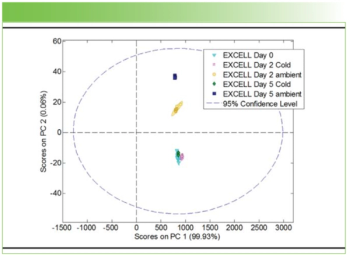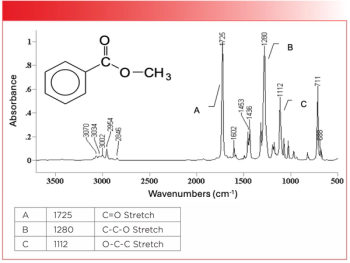
Innovations in Synchrotron Technology
The Canadian government is investing $3.8 million in the construction of two new research facilities that will focus on innovation in the field of synchrotron technology.
The Canadian government is investing $3.8 million in the construction of two new research facilities that will focus on innovation in the field of synchrotron technology. The facilities are being built for Canadian Light Source (CLS), which is Canada’s national center for synchrotron research.
Scientists can use synchrotron light to probe the structure of matter with greater accuracy and precision. X-ray absorption spectroscopy (XAS) is among the most powerful and versatile of synchrotron techniques. XAS probes the molecular and electronic structure of a specific element and can be applied without pre-treatment of the sample.
The University of Saskatchewan’s BioXAS Beamline Facility will be tailored for life science studies of metals in living systems using X-ray absorption spectroscopy and imaging.
The University of British Columbia’s Quantum Materials Spectroscopy Centre is a state-of-the-art beamline dedicated to performing spin and angle-resolved photoemission spectroscopy.
Located on the University of Saskatchewan campus in Saskatoon, the CLS conducts research in the natural sciences, natural resources and energy, health and life sciences, and information and communications technology.
Newsletter
Get essential updates on the latest spectroscopy technologies, regulatory standards, and best practices—subscribe today to Spectroscopy.




